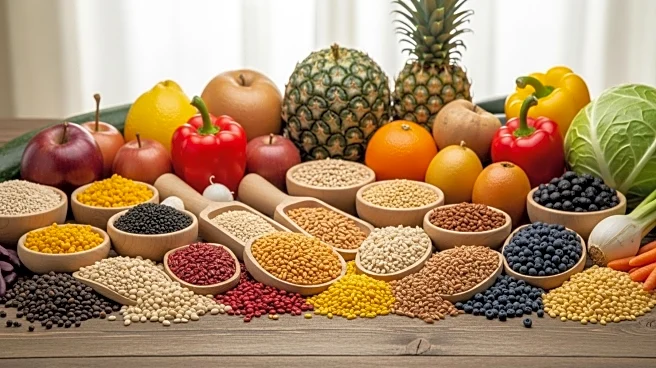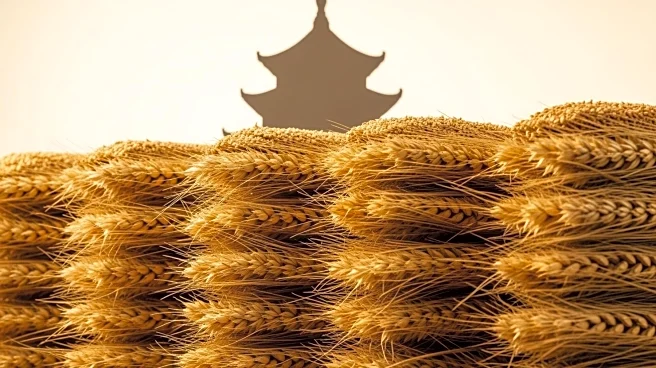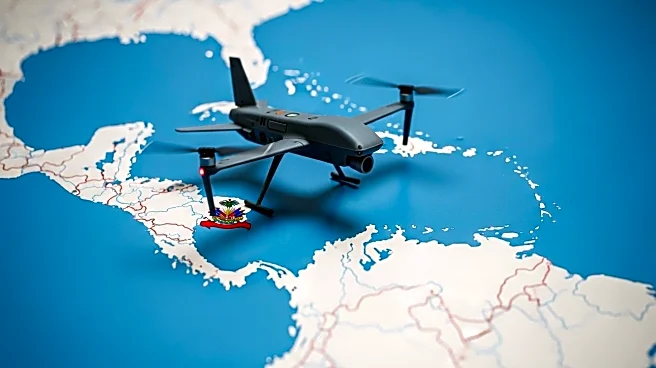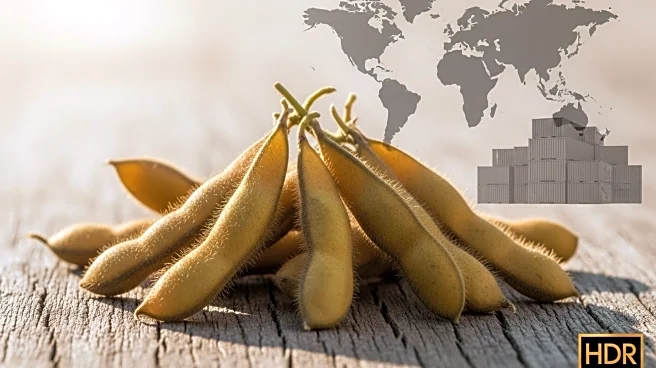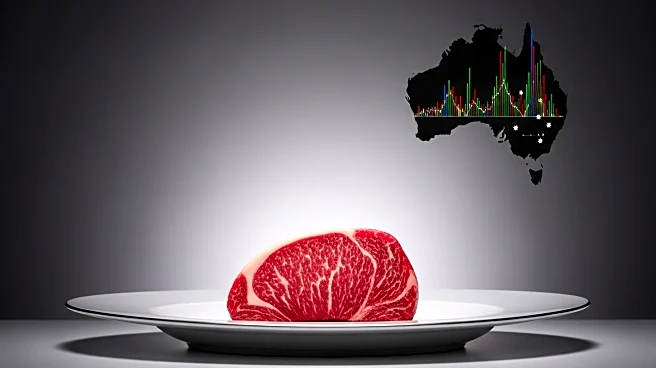What's Happening?
The U.S. Department of Agriculture (USDA) has announced a significant purchase of U.S.-grown commodities, totaling approximately 417,000 tonnes, for distribution through two international humanitarian programs. The McGovern-Dole International Food for Education and Child Nutrition Program will receive $240 million to acquire about 56,170 tonnes of packaged commodities, which will be distributed through school meal programs in countries such as Benin, Honduras, Mozambique, Pakistan, and Senegal. Additionally, the Food for Progress program is set to receive $240 million to purchase 361,000 tonnes of commodities, which will be sold in foreign markets. The proceeds from these sales are intended to support agricultural, economic, and infrastructure development, with the aim of expanding U.S. trade opportunities. This initiative comes as a relief to U.S. agriculture producers who have been facing challenges due to fluctuating trade policies and the absence of new crop commodity purchases from China.
Why It's Important?
This USDA initiative is crucial for U.S. agriculture, particularly in light of the current trade environment. The absence of new purchases from China, a major buyer of U.S. commodities, has created uncertainty and financial strain for American farmers. By redirecting commodities to international humanitarian programs, the USDA is providing a much-needed outlet for U.S. agricultural products, potentially stabilizing prices and offering financial relief to producers. The initiative also underscores the importance of diversifying trade partners and markets to mitigate risks associated with reliance on a single major buyer. Furthermore, the program supports global food security and development, enhancing the U.S.'s role in international aid and diplomacy.
What's Next?
The funds for these purchases have been appropriated by Congress for use during fiscal year 2025, with the potential for reappropriation before the start of fiscal year 2026. As the USDA implements these programs, stakeholders in the agriculture sector will likely monitor the impact on commodity prices and trade balances. Additionally, there may be increased lobbying efforts to secure further government support for agriculture, especially if trade tensions with major partners like China persist. The success of these programs could influence future policy decisions regarding agricultural exports and international aid.

